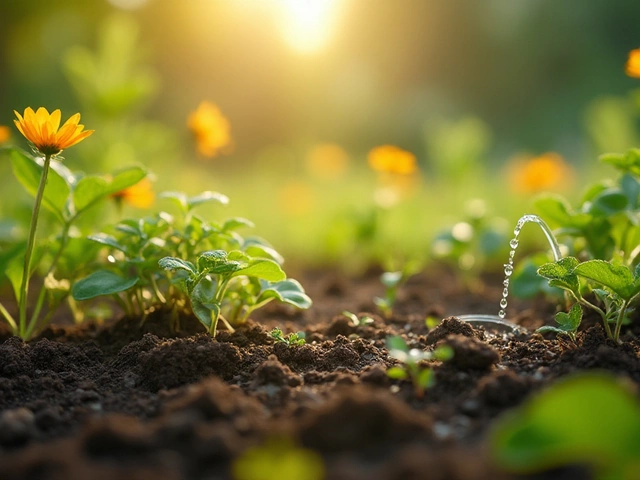Plants Not Growing Well – Common Reasons & Simple Solutions
When working with Plants Not Growing Well, plants that stay small, yellow, or show weak stems despite regular care. Also known as poor plant growth, it usually signals hidden problems in the garden. Most gardeners first check the obvious – is the pot too small, or is the fertilizer overdue? The truth is, plants not grow well often results from a mix of soil, water, light, and nutrient issues that interact in subtle ways. Understanding these connections lets you move from guesswork to targeted fixes, saving time, money, and frustration.
Key Factors Behind Poor Plant Growth
One of the biggest culprits is Soil Health, the physical and chemical condition of the growing medium. Bad soil can choke roots, limit water flow, and lock up nutrients. Compacted earth, excess clay, or a thin layer of sand makes it hard for roots to breathe, while a lack of organic matter deprives microbes of food. Adding compost, well‑rotted manure, or coconut coir loosens dense ground and feeds beneficial bacteria. Beware of “quick fixes” like coffee grounds – many plants actually dislike the high acidity and can develop leaf scorch. A simple soil test reveals pH, texture, and nutrient levels, letting you amend just what’s missing instead of over‑correcting.
Another pillar is Watering Practices, how, when, and how much water is delivered to the plant. Over‑watering drowns roots, promotes fungal rot, and washes away nutrients, while under‑watering stresses the plant and triggers leaf drop. Drip irrigation, buried at the right depth, supplies a steady, low‑volume stream that mimics natural rainfall and reduces waste. Letting tap water sit for a few hours lets chlorine evaporate, preventing leaf burn on sensitive species. Adjust schedules based on weather, soil moisture sensors, or the finger test – if the top inch feels dry, it’s time to water.
Lastly, Light Exposure, the amount and quality of sunlight a plant receives, shapes every other factor. Too little light forces a plant to stretch, creating weak stems and pale leaves; too much direct sun can scorch especially in hot Indian summers. Know whether a species prefers full sun (six or more hours), partial shade, or low‑light conditions. Position indoor plants near east‑facing windows for gentle morning light, and use sheer curtains to filter harsh afternoon rays. Pairing plants with complementary “sister plants” can improve micro‑climates, deter pests, and even boost nutrient uptake through companion planting.
When these three pillars – soil health, watering practices, and light exposure – are in balance, most growth problems vanish. Below you’ll find articles that dig deeper into each topic: from fixing compacted soil and choosing the right drip system, to mastering indoor humidity and picking houseplants that thrive on minimal light. Use this collection as a toolbox, pick the issue that matches your garden’s symptoms, and start turning those struggling seedlings into robust, vibrant growers.
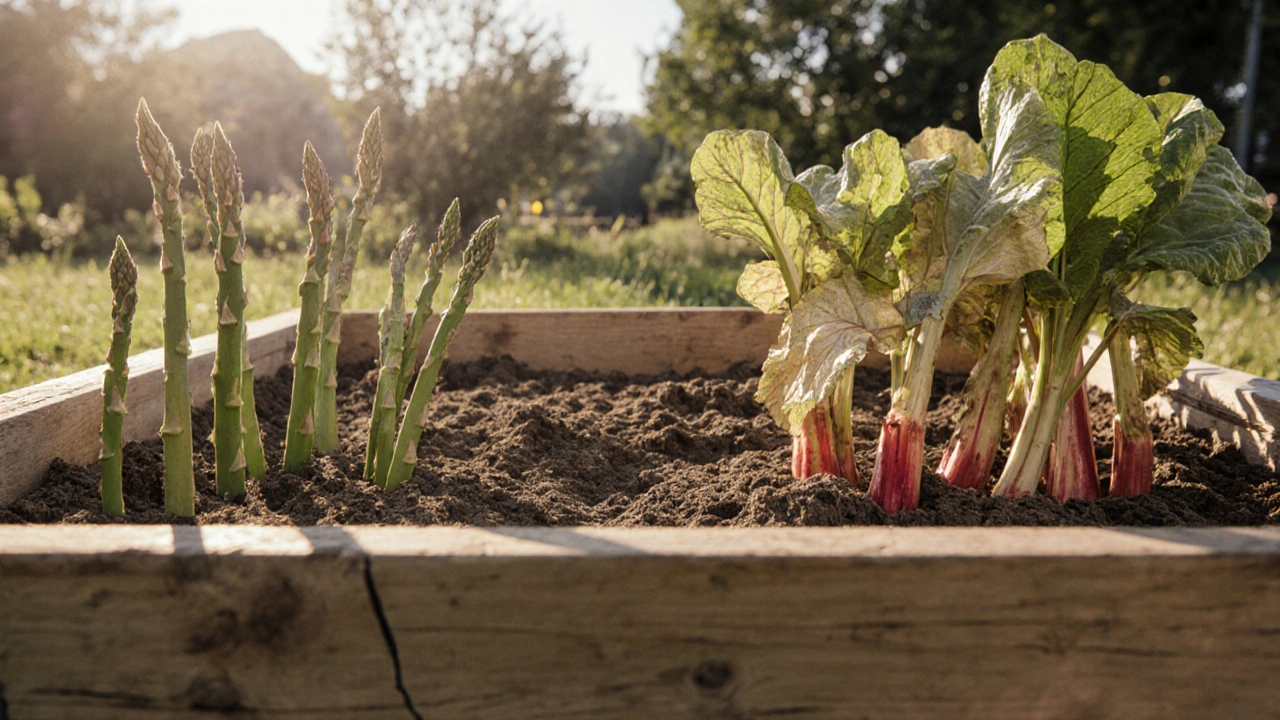
Plants That Struggle in Raised Beds - What to Avoid
Discover which plants struggle in raised beds, why they fail, and practical tips to adapt or avoid them for a thriving garden.
About
Vegetable Gardening
Latest Posts
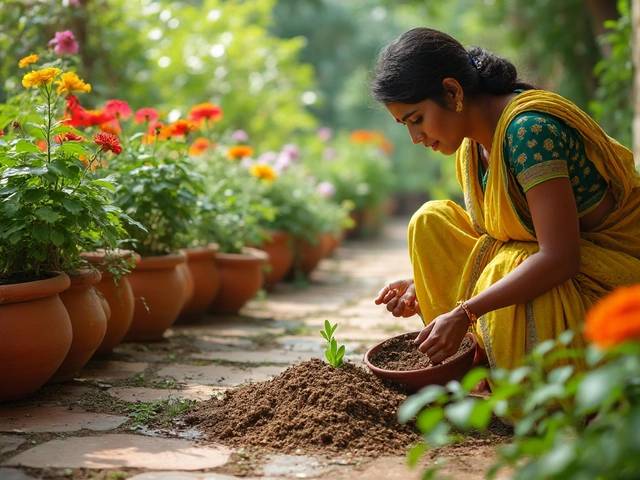
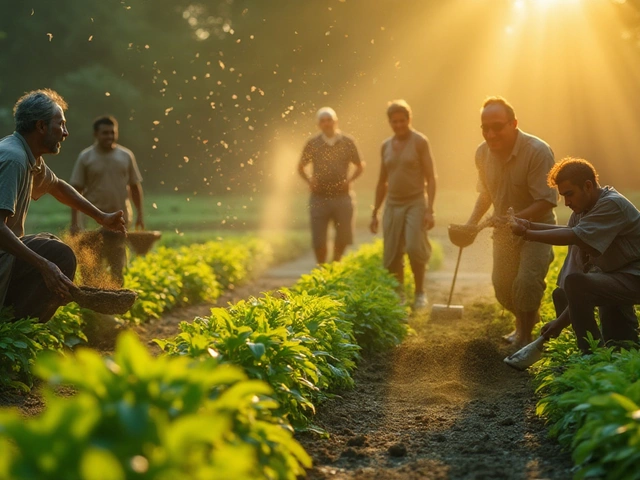
Quick and Effective Ways to Boost Soil Nitrogen Levels
By Alden Thorne Dec 7, 2024
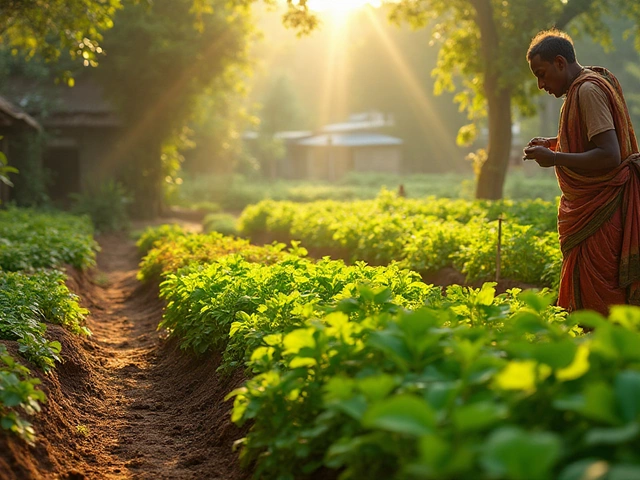
Best Locations for Your Kitchen Garden: Tips and Ideas
By Alden Thorne Jan 11, 2025
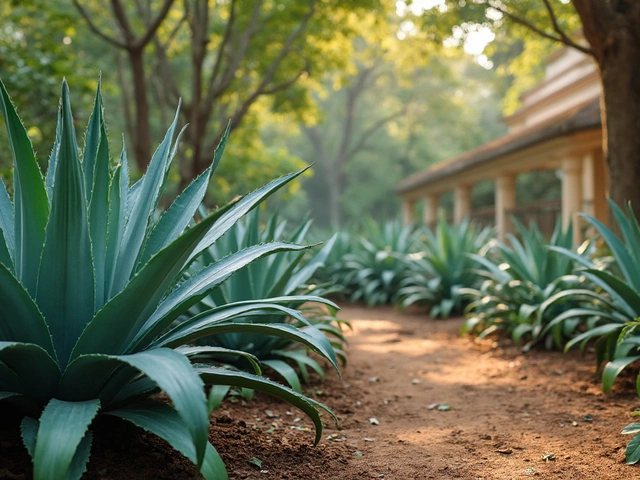
Discover the Marvel of the Agave, the Plant That Blooms Once Every 7 Years
By Alden Thorne Mar 8, 2025
